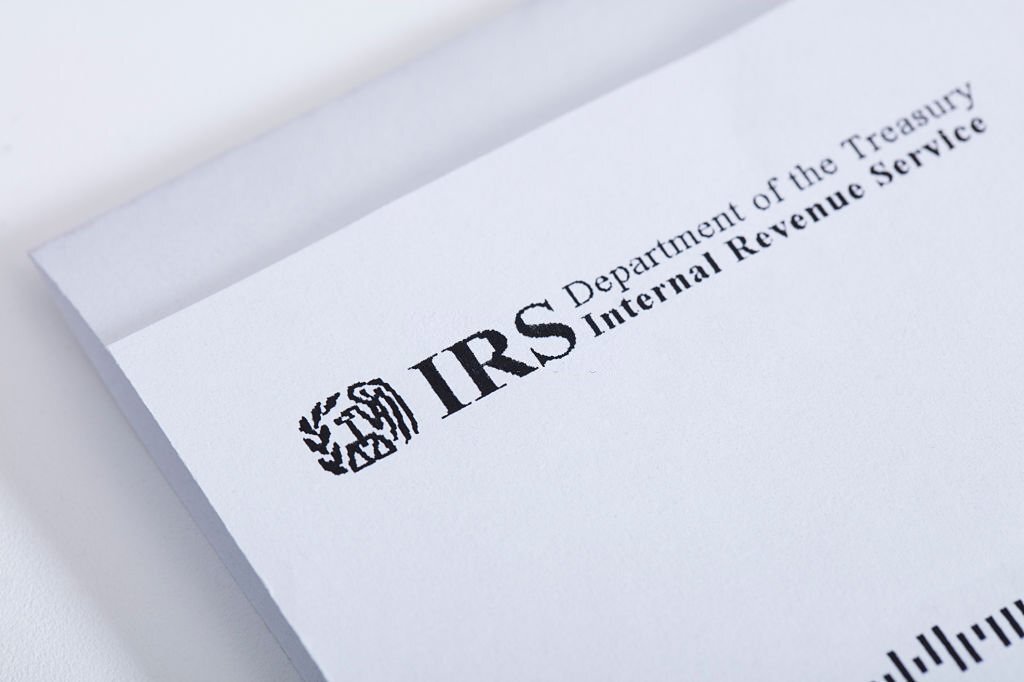Taxes
IRS Issues FAQs About Clean Fuel Production Credit Registration
These FAQs address which entities must apply for registration for the tax credit pursuant to Notice 2024-49, which the IRS issued in June.
Jul. 10, 2024

The IRS on Wednesday issued frequently asked questions (FAQs) in Fact Sheet 2024-25 related to which entities must apply for registration for the Clean Fuel Production Credit.
The Inflation Reduction Act of 2022 added a new income tax credit for clean fuel production, available beginning Jan. 1, 2025. The Section 45Z tax credit under the Inflation Reduction Act is available for clean fuel produced by a taxpayer at a qualified facility from 2025 through 2027.
To claim a Clean Fuel Production Credit, the taxpayer must be registered as a producer of clean fuel at the time of production.
For purposes of the Clean Fuel Production Credit, transportation fuel is divided into two broad categories of fuel: sustainable aviation fuel (SAF) and non-SAF transportation fuel.
Producers apply for registration on Form 637, Application for Registration (For Certain Excise Tax Activities), under Activity Letter “CN” (producer of non-SAF transportation fuel) or Activity Letter “CA” (producer of SAF), or both, as appropriate, the IRS said.
The credit is equal to the product of the applicable amount per gallon (or gallon equivalent) for any transportation fuel that is produced by the taxpayer at a qualified facility during the taxable year and the emissions factor for such fuel as determined under the tax code, according to the IRS.
Notice 2024-49, which the IRS issued last month, provides guidance on the registration procedures for the Clean Fuel Production Credit, including how to apply for registration and what information a clean fuel producer must submit with its application.
These FAQs address which entity must apply for registration pursuant to Notice 2024-49, including if the entity producing the clean fuel is a disregarded entity, as well as which entity will be able to claim the credit when the registrant is a disregarded entity.
